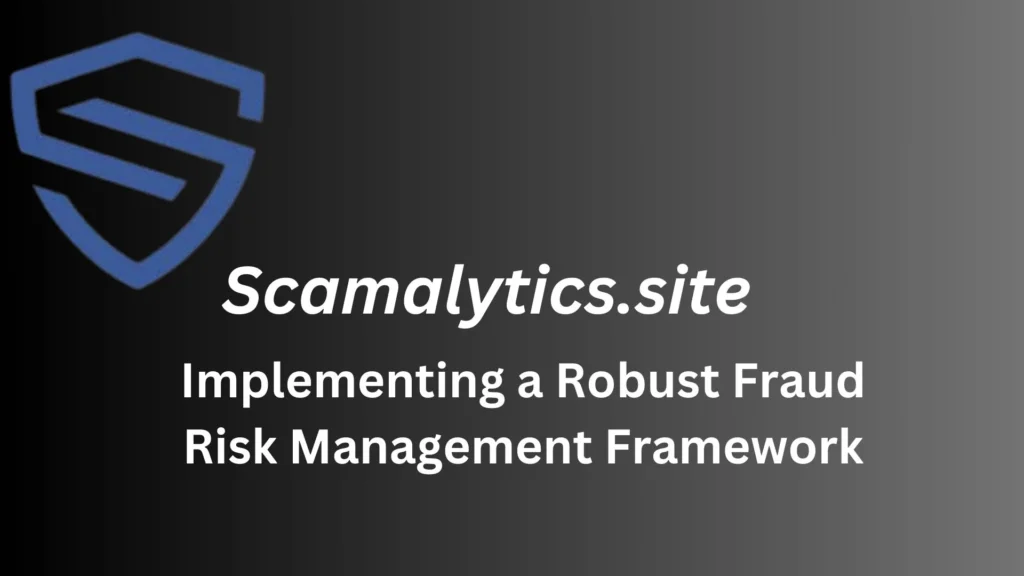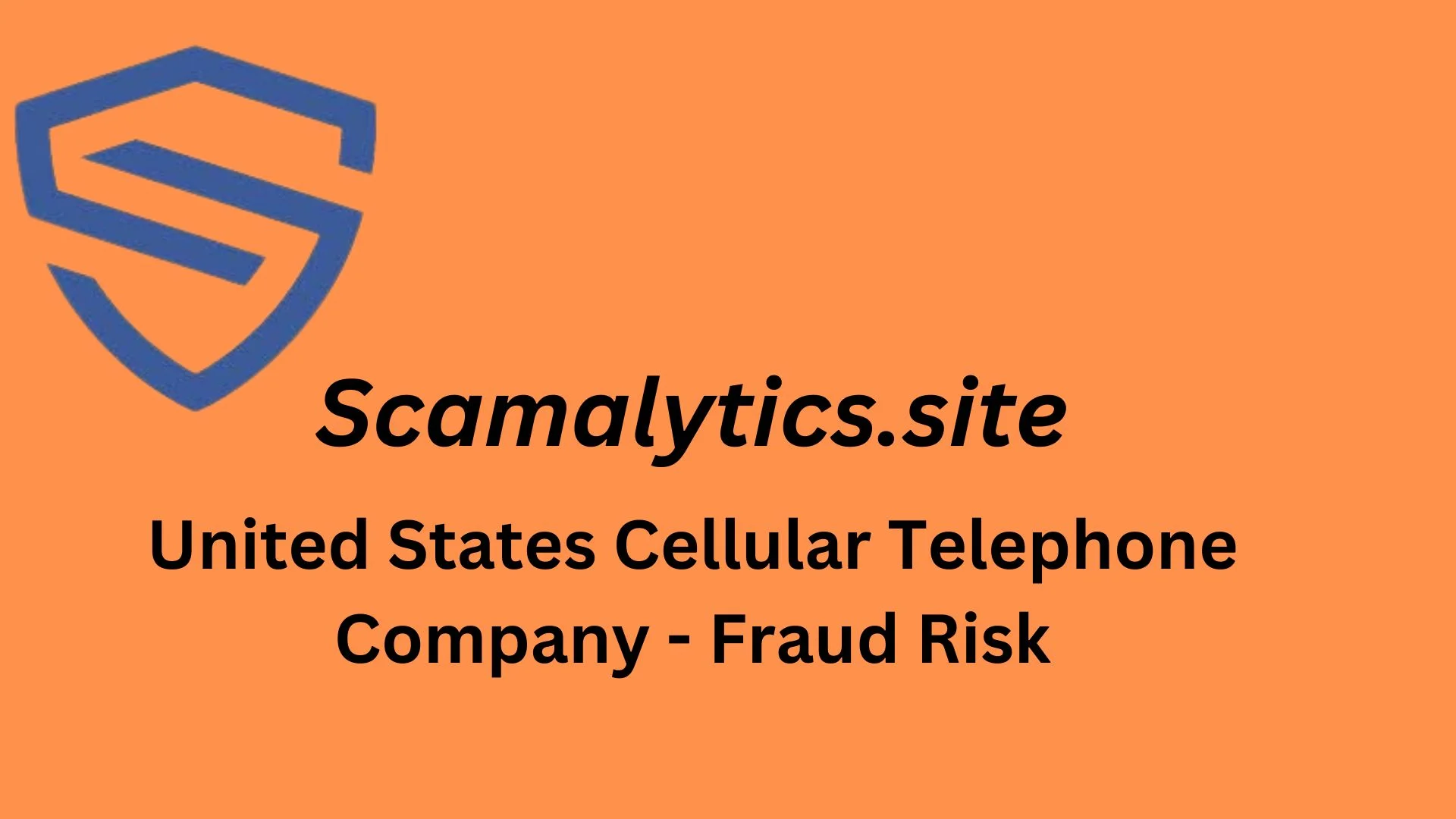Introduction
The United States Cellular Telephone Company (USCTC) is a leading provider of mobile communication services, serving millions of customers across the United States. As one of the major players in the highly competitive telecommunications industry, USCTC faces a complex and ever-evolving landscape of fraud risks that threaten its financial stability, customer trust, and overall operational integrity.
Understanding the Fraud Landscape in Telecommunications
The telecommunications industry is particularly vulnerable to a wide range of fraud schemes due to the nature of its services, the vast number of customer and financial transactions, and the increasing sophistication of cybercriminals. Some of the key fraud risks that USCTC must grapple with include:
1. Subscription Fraud
This form of fraud involves the use of stolen, fabricated, or manipulated personal information to open new mobile accounts. Fraudsters may then use these accounts to make unauthorized calls, send messages, or access other services, resulting in significant financial losses for the company.
2. Premium-Rate Service Fraud
Fraudsters may exploit premium-rate services, such as premium-rate numbers or value-added services, to generate illegitimate revenue. This can be achieved by tricking customers into using these services or by directly accessing the system to divert funds.
3. Roaming Fraud
When customers roam outside of their home network, USCTC must pay other network providers for the usage. Fraudsters may exploit this by making unauthorized international calls or using excessive roaming services, leading to inflated costs for the company.
4. Handset Fraud
Fraudsters may steal or obtain mobile devices through fraudulent means, such as using stolen credit cards or exploiting loopholes in device upgrade policies. They can then resell these devices on the black market or use them to access the USCTC network.
5. Internal Fraud
Employees or contractors within USCTC may engage in fraudulent activities, such as misusing company resources, embezzling funds, or colluding with external parties to commit fraud.
Strategies for Mitigating Fraud Risks
To effectively address these fraud risks, USCTC must implement a comprehensive and multi-layered approach to fraud prevention and detection. Some key strategies include:
1. Strengthening Customer Verification Processes
USCTC should implement robust identity verification procedures to ensure that new customers are who they claim to be. This may involve using advanced identity verification techniques, such as biometric authentication, document verification, and behavioral analytics.
2. Implementing Fraud Detection and Monitoring Systems
USCTC should invest in advanced fraud detection and monitoring systems that can analyze customer usage patterns, transactions, and other data to identify suspicious activity in real-time. These systems should leverage machine learning and artificial intelligence algorithms to continuously improve their fraud detection capabilities.
3. Enhancing Internal Controls and Auditing Processes
USCTC should strengthen its internal controls and auditing processes to prevent and detect internal fraud. This may include implementing segregation of duties, regular audits, whistleblower reporting mechanisms, and ongoing employee training and awareness programs.
4. Collaborating with Industry Peers and Law Enforcement
USCTC should actively collaborate with other telecommunications companies, industry associations, and law enforcement agencies to share information, best practices, and intelligence on emerging fraud trends and threats. This can help the company stay ahead of the curve and respond more effectively to evolving fraud risks.
5. Educating Customers and Employees
USCTC should invest in comprehensive customer and employee education programs to raise awareness about fraud risks and prevention strategies. This can help customers become more vigilant and proactive in protecting themselves, while also empowering USCTC employees to identify and report suspicious activity.
Implementing a Robust Fraud Risk Management Framework

To effectively address the fraud risks faced by USCTC, the company should implement a comprehensive fraud risk management framework that encompasses the following key components:
1. Governance and Oversight
USCTC should establish a dedicated fraud risk management function, led by a senior executive, that is responsible for developing and implementing the company’s fraud risk management strategy. This function should have clear reporting and escalation protocols to the board of directors and other key stakeholders, ensuring that fraud-related decisions and actions are aligned with the company’s overall risk appetite and strategic objectives.
2. Risk Assessment and Monitoring
USCTC should regularly assess its fraud risks, both internally and across the broader telecommunications industry. This should involve analyzing historical data, benchmarking against industry peers, and actively monitoring for emerging threats. The company should then use this information to prioritize its fraud prevention and mitigation efforts, ensuring that resources are allocated to the areas of greatest risk.
3. Control Design and Implementation
Based on the risk assessment, USCTC should design and implement a suite of preventive, detective, and corrective controls to address its identified fraud risks. These controls should span various areas, such as customer onboarding, transaction monitoring, internal processes, and vendor management. The company should also ensure that these controls are regularly tested and updated to keep pace with evolving fraud tactics.
4. Incident Response and Investigation
USCTC should have a well-defined incident response plan in place to quickly and effectively respond to fraud incidents. This should include procedures for investigating, documenting, and escalating fraud cases, as well as processes for recovering any lost assets and referring cases to law enforcement, where appropriate. The company should also ensure that lessons learned from past incidents are incorporated into its ongoing fraud risk management efforts.
5. Continuous Improvement
USCTC should continuously review and improve its fraud risk management framework, incorporating lessons learned from past incidents, changes in the external environment, and advancements in fraud detection and prevention technologies. This may involve updating risk assessments, refining control measures, and enhancing collaboration with industry partners and law enforcement agencies.
Conclusion
The United States Cellular Telephone Company faces a significant and multifaceted threat of fraud, which can have serious financial, reputational, and operational consequences for the company. To effectively mitigate these risks, USCTC must implement a comprehensive and proactive fraud risk management framework that addresses the key fraud risks facing the telecommunications industry.
By leveraging advanced technologies, strengthening internal controls, fostering a culture of fraud awareness, and collaborating with industry peers and law enforcement, USCTC can better protect its assets, safeguard its customers, and maintain its competitive edge in the rapidly changing telecommunications landscape. Continuous improvement and adaptation will be crucial as the fraud landscape evolves, ensuring that USCTC remains resilient and vigilant in the face of emerging threats.
Ultimately, the success of USCTC’s fraud risk management efforts will depend on the company’s ability to strike a balance between protecting its operations and providing a seamless customer experience. By prioritizing both fraud prevention and customer satisfaction, USCTC can position itself as a trusted and secure provider of mobile communication services, reinforcing its position as a leader in the highly competitive telecommunications industry.

